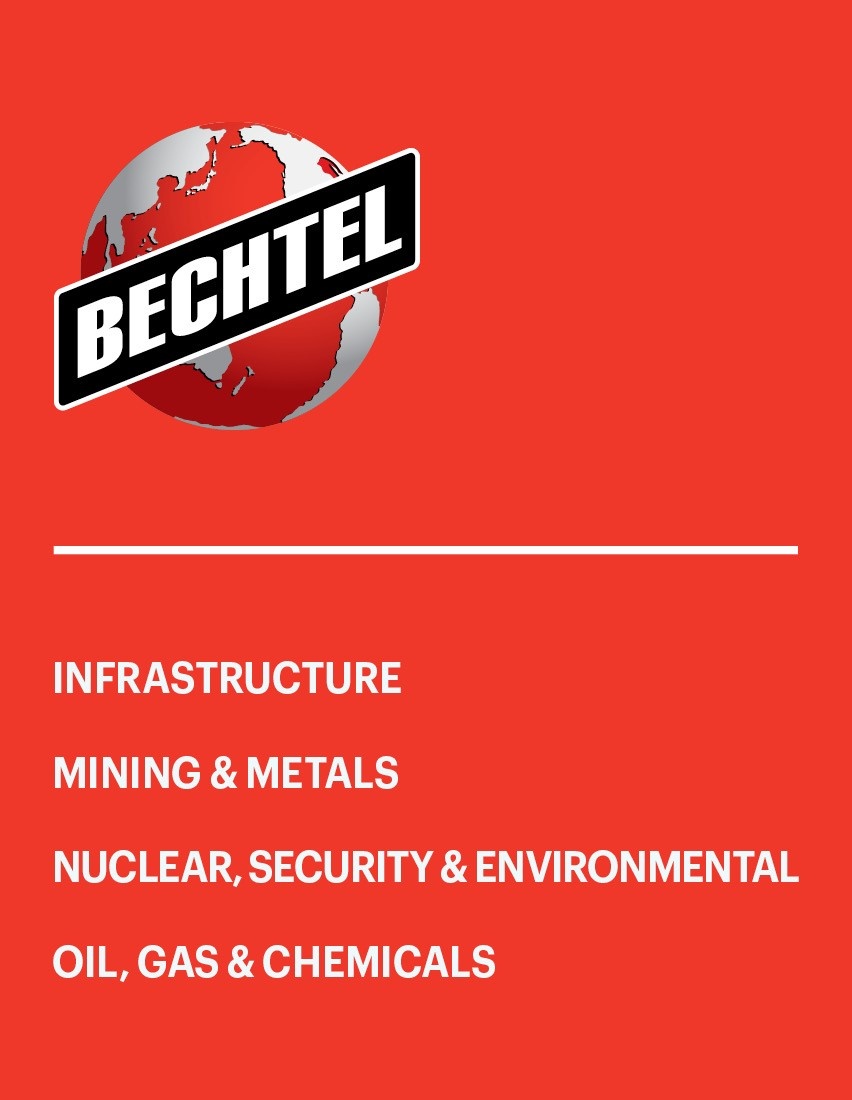Innovating For Engagement
By: Joanna Winters, Communications Manager

Goal 11. Make cities and human settlements inclusive, safe, resilient and sustainable.
As part of Bechtel’s commitment to contribute 100 ideas to support the United Nation’s 2030 Sustainable Development Goals (SDGs), we examine the use of virtual reality to enhance the participation of indigenous peoples on major projects.
Background
Construction of the Amrun Project included engineering, procurement, and construction management of a range of infrastructure required to support the new bauxite mine on part of Rio Tinto’s existing lease. At the request of local Aboriginal Traditional Owners, the Project is known as Amrun – the Wik-Waya name for the area.
Amrun is a tier-one investment opportunity for Rio Tinto and one of the highest quality bauxite projects in the world. Located south of the Embley River, between Weipa and Aurukun on the Western Cape York Peninsular, Amrun commenced operations in early 2019, with local employment and investment opportunities to continue for the next 50 years.
Challenge
Aboriginal peoples have a strong socio-economic and spiritual connection to local lands and ecosystems for culture, identity and traditional knowledge. Throughout the construction of the Amrun Project, it was important to acknowledge and recognize these connections and to keep local Aboriginal people and Traditional Owners informed of construction and clearing activities to maintain a ‘no surprises’ approach to delivery, and to manage expectations around what the mine would mean for the area.
Solution
The Amrun Project has continued to build upon Rio Tinto’s existing legacy in the Western Cape region, particularly around community engagement with local Aboriginal Traditional Owners, the Wik-Waya people.
To ensure Traditional Owners were kept informed and knew what to expect from construction activities, the Project combined new technology with traditional community engagement activities in an innovative and highly effective approach.
The Project team developed a virtual reality tool to demonstrate the future state of the Project site in a visually engaging way. Commencing development in late 2016, this tool proved highly effective for community engagement, particularly with Traditional Owners and people in remote communities.
The tool was used to work with the Traditional Owners and other community groups, to enable them to visualize the future of the Amrun Project and understand what changes to expect as the Project progresses.
The tool included base images of key Project areas, which were then overlaid with 3D modelling images, showing where plant would be constructed, and where areas would be cleared.
By seeing the changes, participating members had an opportunity to gain a better understanding of the Amrun Project, ask questions about the process, and influence change where possible.
Studies have also shown many benefits of including local community members with project development decisions. The studies suggest that although these efforts can lead to high costs, they will ultimately be less expensive and more sustainable in the long-run. Including participating community members can create a project environment that is better at addressing local needs and are more relevant to local populations compared to traditional development projects.
Approach
From building an inclusive community to demonstrating a true commitment to meaningful engagement, utilizing the tool enabled the Wik-Waya people, and other community members and groups, to visualize the future of the Amrun project and better understand potential changes to expect as the project progresses.
The tool has been beneficial in supporting important cultural processes, such as Traditional Owners calling out to the spirits of their Elders ahead of any clearing or construction work efforts. Engaging them on each phase of the construction needed to be performed in a respectful and culturally appropriate manner. For example, one of the Wik-Waya Traditional Owners and Elders wore the virtual reality goggles to describe to his spirit Elders the clearing and construction work that would be taking place in that area.
The Amrun project also applied virtual reality tools to be used for recruitment purposes in remote Aboriginal communities in the Western Cape York Peninsular area. The tool showed prospective workers what to expect once they arrived on the project site and helped facilitate discussions on potential risks and hazards and how to mitigate them.
Key Learnings
The use of virtual reality technology offers some key opportunities to improve social risk management on projects. First, enabling indigenous communities to visualize the future state of a project can enhance the “informed consultation process” between project sponsors and communities. They can identify potential impacts and implications – positive and negative – earlier and more precisely. Moreover, they can engage with the project team to generate better alternatives to lessen the negative impacts. Second, it helps shift indigenous communities from observers to more active participants – technically and spiritually – in how the project will impact their long-term, sustainable development. Finally, it can be a mechanism to help new workers joining the project to more effectively understand how the construction can affect the socio-political, cultural and environmental context of the impacted indigenous communities.

